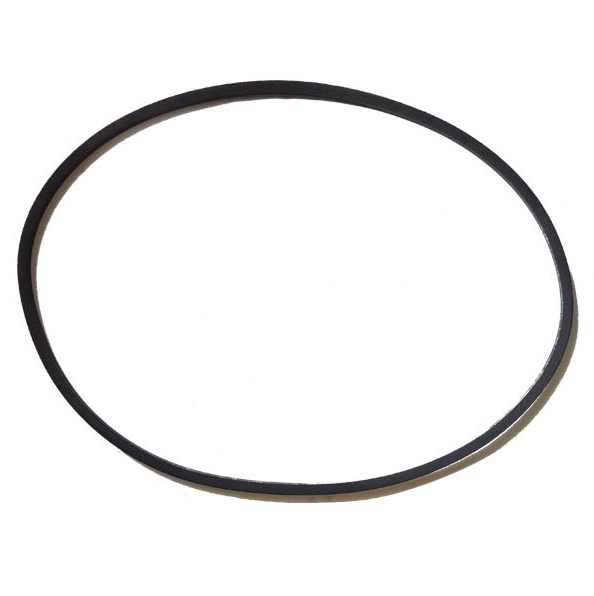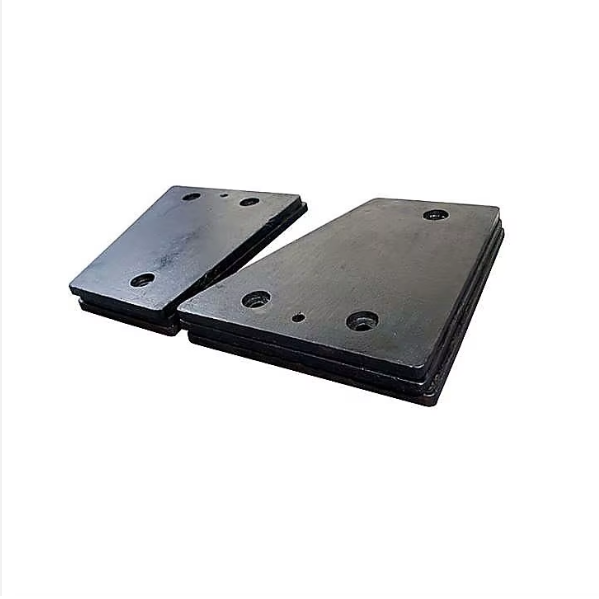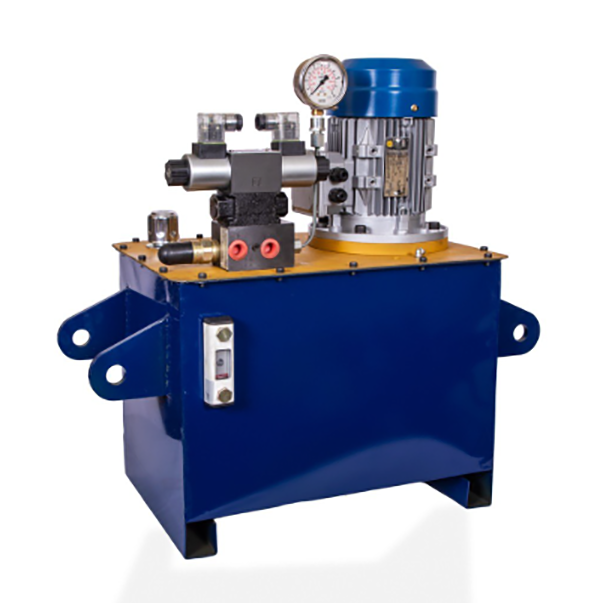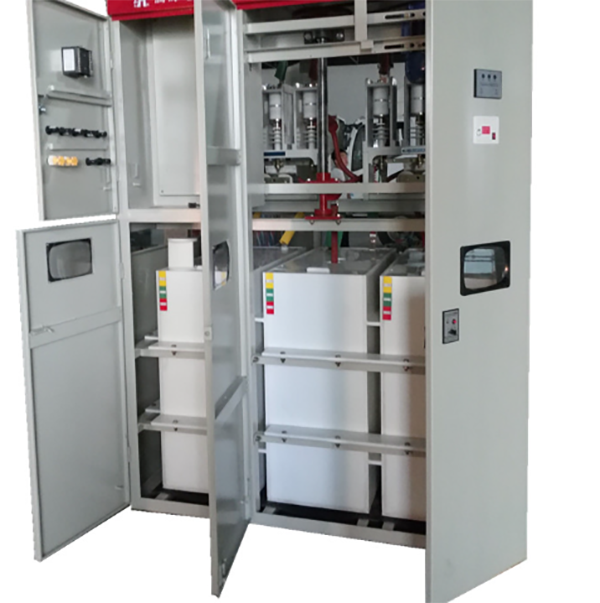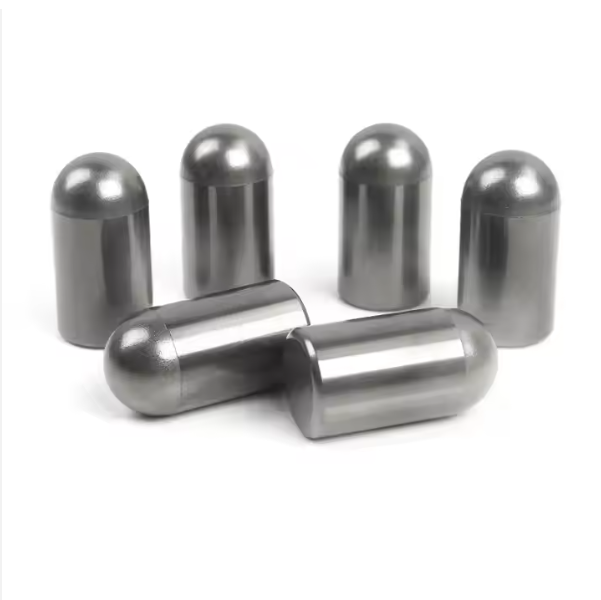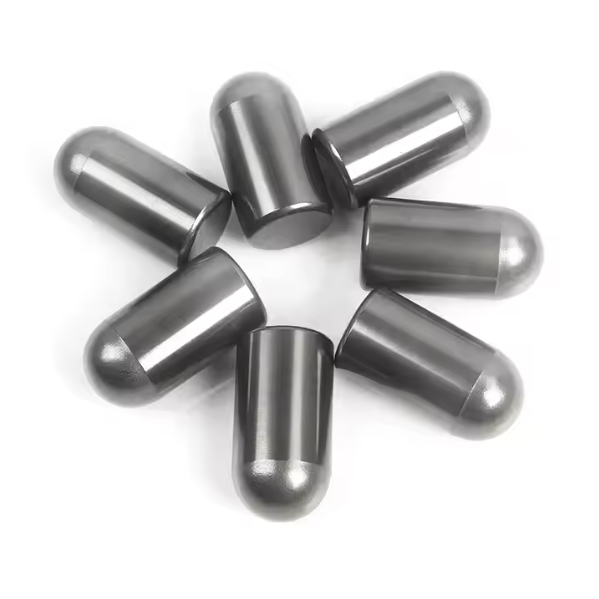Jaw crusher electrical control system
The electrical control system of jaw crushers, as the "nerve center," manages motor operation, monitors status, and enables overload protection via PLC-based automation. It comprises power circuits (breakers, contactors), control systems (PLC, relays), monitoring components (temperature/vibration sensors), and an HMI (touch screen, control cabinet).
Manufacturing involves component selection (IP65 sensors, derated devices), cabinet fabrication (IP54, powder-coated steel), precision wiring (shielded cables, crimped terminals), and PLC/HMI programming. Quality control includes insulation tests (≥10 MΩ), EMC compliance, and 100-hour runtime validation.
With MTBF ≥5000 hours under regular maintenance (sensor calibration, dust cleaning), it ensures safe, efficient crusher operation through real-time monitoring and responsive contro
More





